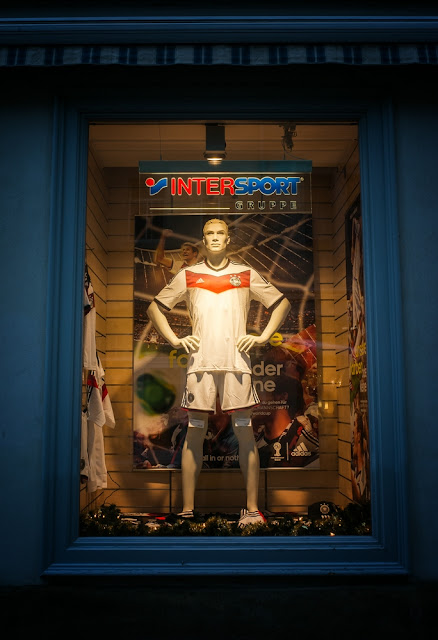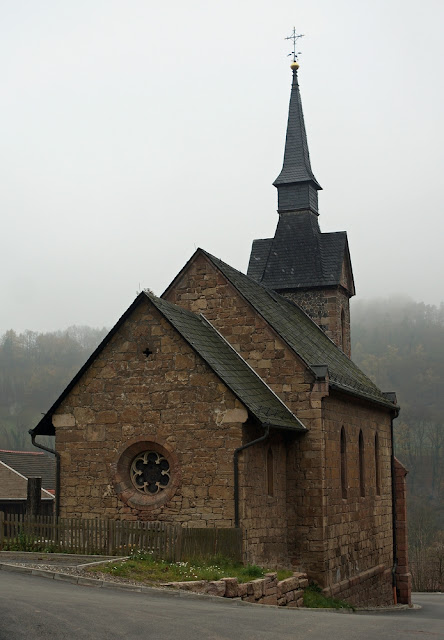And now, finally: the fastest lens in the 35-70 zoom, the Minolta MD 35-70/3.5. On the web, this lens is celebrated as a super sharp. Supposedly you can save yourself a couple of prime lenses. Well let's see if that's true.
A photographer has kindly given me a copy of this zoom for testing. It is not the famous newer zoom with macro function, but an older lens from the year 1978. The calculation for this lens comes originally from Minolta and was later acquired by Leica.
Leitz sold this lens later under the name "Leica Vario-Elmar-R 3,5 / 35-70". So a true classic.
On the film camera, this lens was a real hit among all 35-70 zooms.
Unfortunately, the performance of the lens on a digital camera is only average. The center of the picture is very sharp even at maximum aperture. But the sharpness and image quality drops off sharply toward the edge.
But once we get to the stats:
The lens is 365 grams, has two threads, one for the lens hood with a 62mm and a 55mm filter thread.
The minimum focusing distance is unfortunately only one meter. The lens has eight elements in 7 groups.
The mechanism is completely fine, all rings can move excellent and very precisely. Despite the existing lens hood, the lens is very sensitive to light from the side and back light. Here is a photo of the sun from the left. Contrast and colors are dull.
Here we see the angles of view at 35, 50 and 70mm:
Here are two shots at full aperture: at 35mm and 70mm:
And here are a few sample pictures at different focal lengths.
What we can say in summary?
In comparison with the Zuiko OM 35-70 / 3.6 this Minolta zoom is unfortunately only average. Stopped down to f/4.0 or f/5.6 but the image results are excellent. The photos are sharp from one edge to the other.
A good copy of this lens should cost no more than a maximum of 50 euros. If you want more picture quality should buy the newer version with Macro mode Minolta MD-III was produced from 1983.



























































